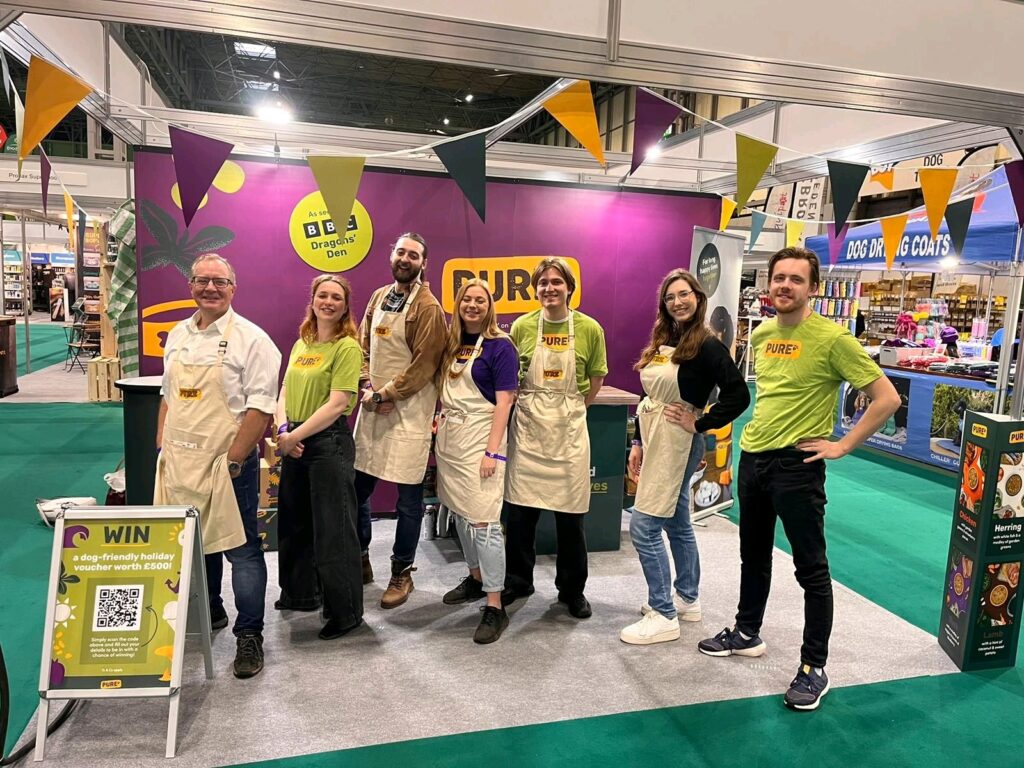Before you arrive at any in-person marketing event, you should consider how you are going to engage and attract new customers. Face-to-face marketing is nearly always the most effective way to make a connection, providing a platform for more effective communication, the possibility of demonstrations which provide the customer with a greater knowledge, and in turn, increases visibility and trust. It is important to put a plan in place to ensure you build relationships before the event, at the event and after the event. The best way to do this is to create a customer engagement strategy.

What is a Customer Engagement Strategy?
Most simply put it is a plan that enables you to take actions to create a positive experience for your potential customers. Your strategy should detail the interactions and activities you plan to do to create the ultimate customer experience at your event or on your display stand. It’s also important to think about how you might continue that experience after the event and what activities you might do internally or externally prior to the event to ensure you maximise engagement at every opportunity. The process should involve various channels of communication to ensure you build a long-term relationship.
Delivering cross and multi-channel experiences provided your customers with choices on how and where they engage with you. If you offer the choice, you are more likely to engage with them and begin to understand what type of interaction and content, they find valuable. Customers love to feel like they are getting more from your brand so think about added value experiences to really create meaningful engagements.
Why is Customer Engagement Important?
Engage with customers all around the event, so before and after the sale, as it will strengthen the emotional connection they have with your brand. Stronger connections make stronger and longer-lasting relationships. Customer engagement is about connecting beyond the key touch points in your sales process. Successful engagement will keep your brand in the customer’s mind and influence future purchasing decisions.
How to Engage with customers around an event
Most of the activity we do to engage with customers is online but consider carefully how you do this to gain the most success:
- Make sure you personalise the experience
- Make the experience fun – look at games that will make customers interact
- Consider loyalty programmes and offers
- Use live chat to encourage interaction, conversation and questions to be answered
- Use competitions with a bit of social media planning – this will give you the chance to get your message reposted. Shared and commented on
- Give the customer a reason to visit you at an event – give them an exclusive chance to see something new, get a discount, or receive an exhibition giveaway at the event.
How to Engage at an event
Making sure your staff know how to engage with visitors is key to your success! Often, they watch attendees walk by their exhibition display, afraid to approach them because they are unsure of what to say or fear bothering them. Be present and make yourself available so visitors will feel welcome. Adopt a relaxed stance, smile and yes, by all means, step out into the aisle. While some attendees will stop, what about the ones that don’t? You need to get the conversation starters rolling. Ask open and engaging questions to get visitors involved immediately.
The best ways to start conversation with show visitors often offer something – a free sample, the opportunity to participate in an activity, or win a prize. Start off the conversation focusing on them, rather than the other way around. Your opener should get them thinking, and regardless of what the answer is, it should draw them into a conversation about their needs, provide an opportunity for you to explain what you do, and determine whether you can help them.
Metrics to measure you’re your engagement success!
Measuring success is important too! There are many ways to measure your success – here are some ways you can start looking at measuring your results:
- Average Order Value – look at how customer loyalty may increase this value
- Numbers of Repeat Orders/Customers
- Repeat Order Rate/Frequency
- Social Media Interactions
- Website Activity
- Online Review Scores